Playground Embankment Slides and Hills
Playground embankment slides and hills are some of the top requested elements for natural playscapes. Dare I say they are a bit of a flagship item in people’s minds. If you picture a grass hill that is perpetually green and mowed (by someone else 😉 that never erodes and is forever safe and fun it takes careful planning. Placement, materials, and paths of travel all need to be considered. Without proper design you could create an on going maintenance issue, or much worse a safety hazard. Let’s dive into how to get there safety and efficiently!
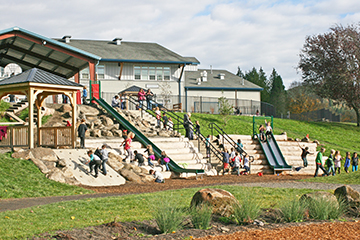
Lets Look Over Our Embankment Slide Facts
- Playground embankment slides are irresistibly fun!
- Creating topography can be great for play. But, heavily used areas will see wear. The materials on the high use zones of your hill (for up and down movement) need to be considered carefully.
- Grass is a nice living ground cover for play spaces. With heavy use grass will die and turn to mud or dirt.
- Kids will take the easiest and fastest way up! (always) We have learning this lesson over and over.
- In the US there are safety regulation for embankment slides that must be followed to protect kids and property owners. You can find them in ASTM and CPSC guidelines. Many section of this document apply, but some of the most pertinent info is in section 5.3.6.3.1. Please read and understand the entire document.
Embankment Slides Success and Failure
Here are a few things you are looking for when when designing, installing and maintaining an embankment slide. The materials, placement, and installation you choose effects the safety and longevity of the play feature.
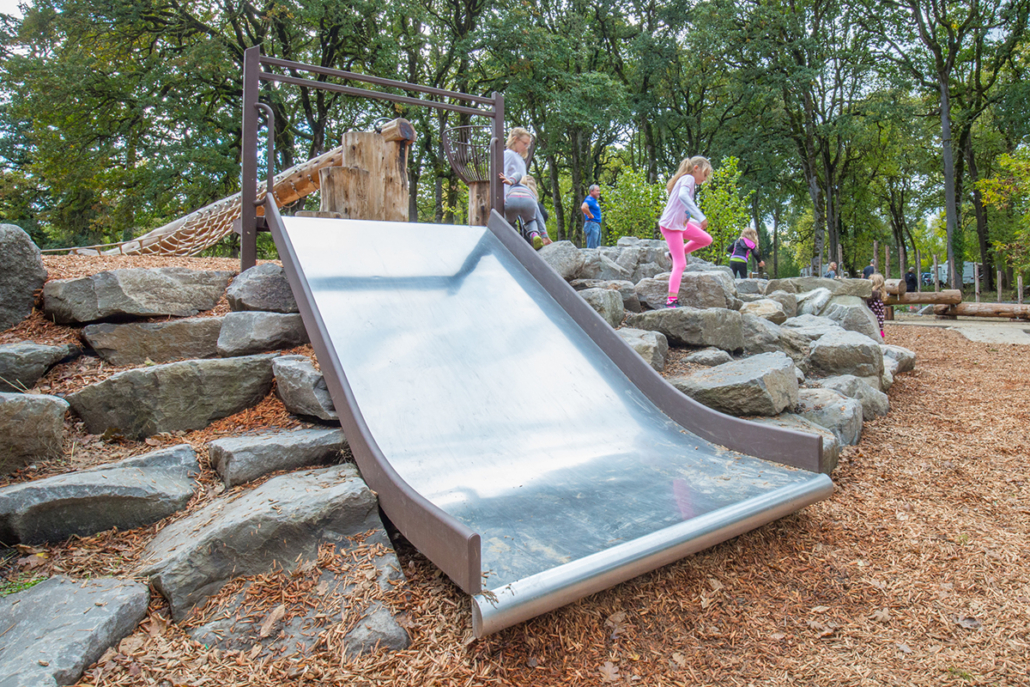

- Use a Manufactured Slide – It is extremely difficult to make a tube or plastic sheet (or any other materials) meet the safety guidelines. The picture on the left is a double wide stainless steel slide. We love to use these because lots of kids can go down at once increasing the fun. As shown in the picture on the right this plastic material leaves odd edges, ends and exits. Leaving opportunities for increased injury and material degradation.
- Consider Use Patterns – How much use and where the main use patterns are for up and down travel effect what material you use. Can you decentralize the use areas?
- Consider the Hill Materials – The bottom left is an example of a state park where the majority of the hill, maybe a 50′ stretch, we covered in boulders. Still on the edge of the boulder in the planting areas there are signs of heavy use because it is easier to run up the planting area then to climb the boulders. You can see the use line pretty clearly in the picture on the right. Climbing up the little wall is tough, so the use is tight to the edge of the wall the up.
- Use Zones – The landing area at the bottom of the slide and maybe the hill too is considered a ‘use zone’ in playground safety. This needs specials soft or ‘impact attenuating’ materials for a specific area around the feature. . This is provided in the photo on the left b the wood chip surface. This allows for the use zone for the boulder scramble and the slide. On the right the surface looks like sand, which can be an appropriate impact material. But the edges of the impact material are too close to the slide to allow for a proper use zone.
Embankment Slide Options
Is seams that there are an many slides on the market as their are playground! Here are the basics of what to look for in a slide. Look for a product that is meant to be installed on a hill. An ’embankment slide’ that is manufactured for public playground that meet ASTM. Plastic and stainless steel are the two materials we see most often.
Plastic is lighter, cheaper, and has lots of variation with color and layout. But, plastic embankment slides won’t last as long, are more prone to cracking and damage or gaps between pieces that can cause safety issue. Plastic slides can come in just about any length, single and double chutes, and tube slides.
Stainless steel slides are often one piece reducing gaps, they look nice and have great longevity. Their draw backs are that they can get hot with sun exposure and are expensive to initially purchase.
We have seen a few slides made of concrete, stone and tile. These are custom art installations and can range from wonderful to setting off all the safety warnings. There is a great example in Central Park at the Central Park 67th Street Playground. This was designed by Paul Friedberg. You can see more about this custom concrete slide in our other post. The concrete sides save surrounding hill and vegetation. Plus they are fun to climb!
Hill Materials
The hill surrounding the embankment slide will get as much or more use then the slide! consider the level of maintenance you want to put into the space and what you can afford as far as an upfront cost. Lawn in an area that receives a low level of maintenance will likely turn into dirt and mud from all of the excited foot traffic. Other options for hill cover include boulders, artificial turf, wood steps, wood climbing walls, pour in place rubber, and turf support mats. Again, each has their pros and cons.

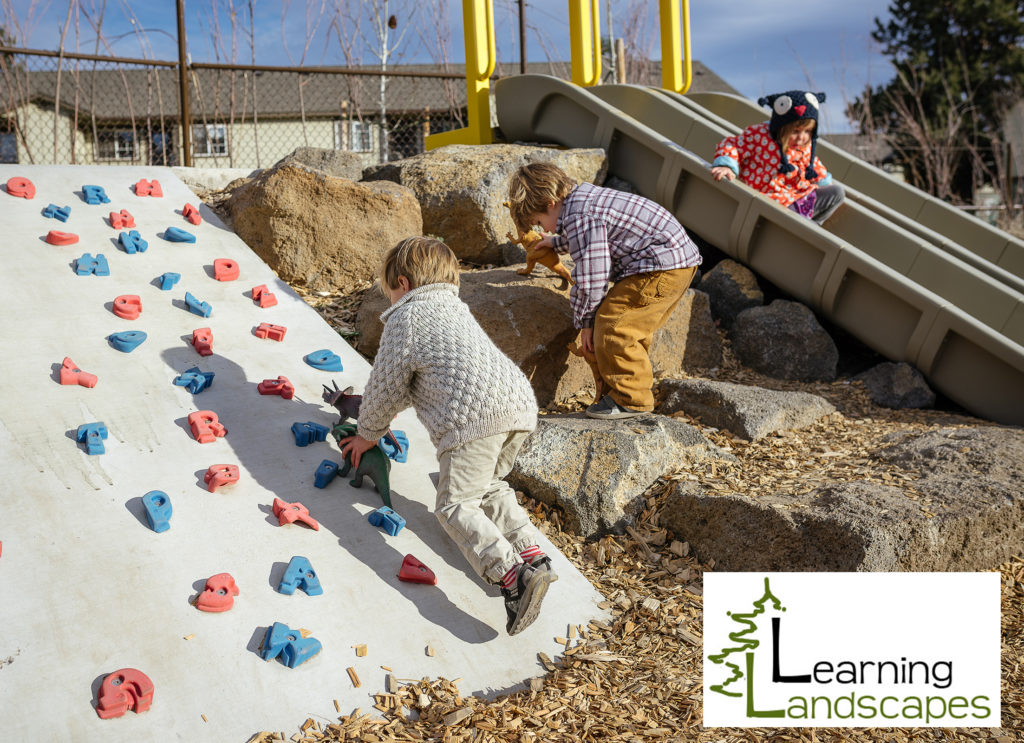
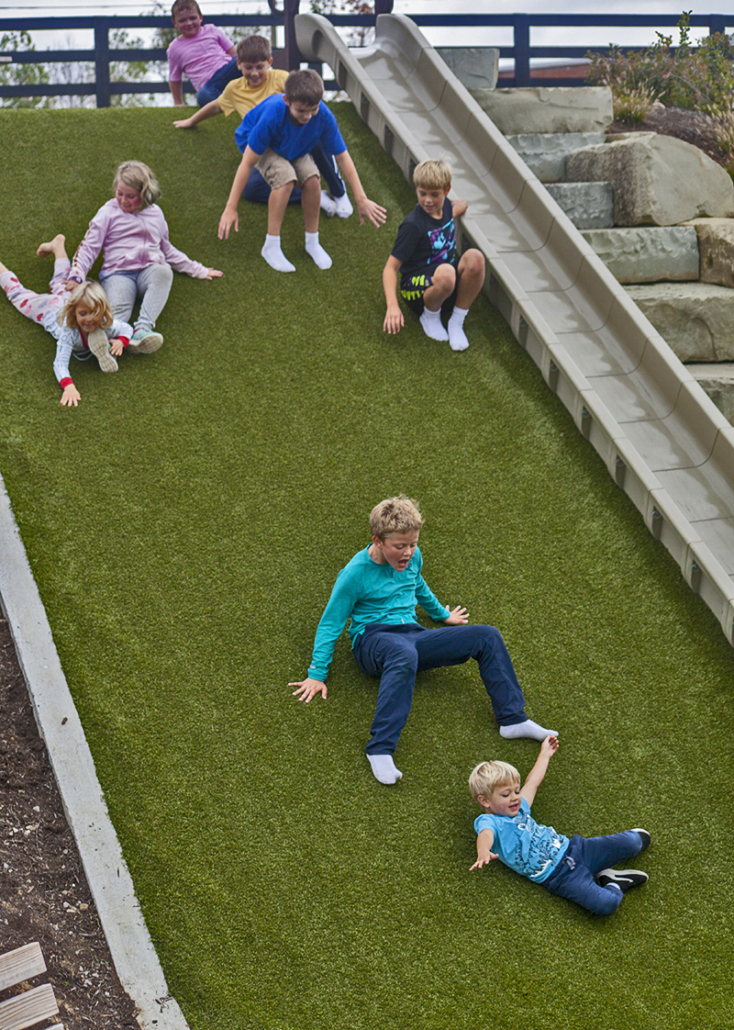
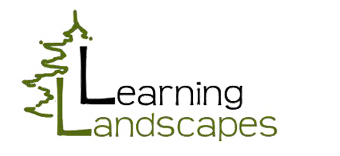
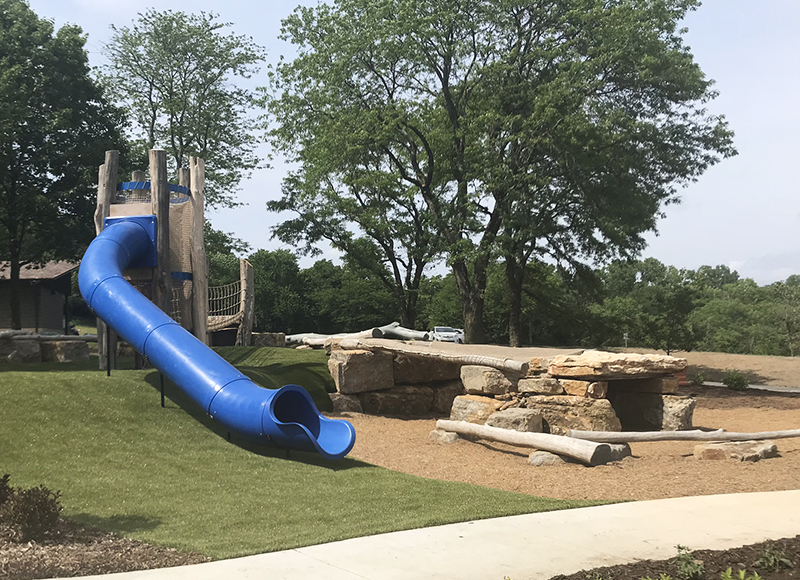
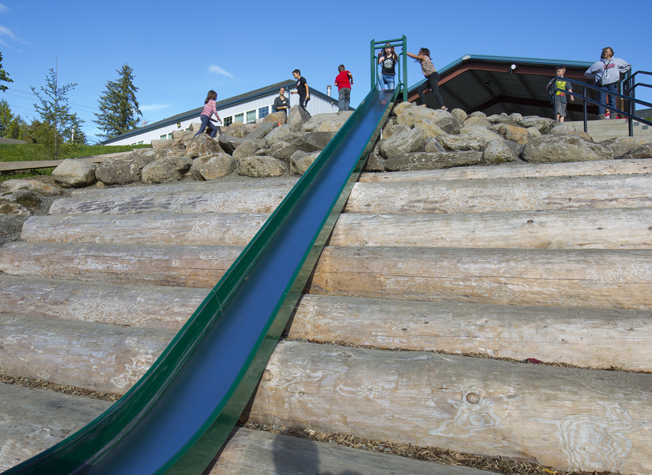
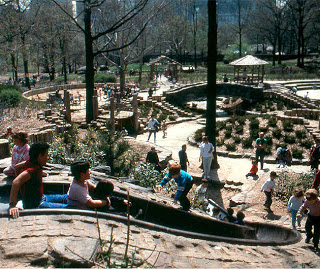
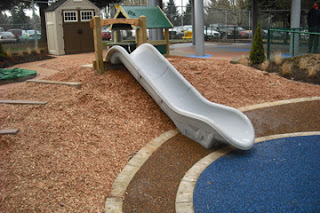
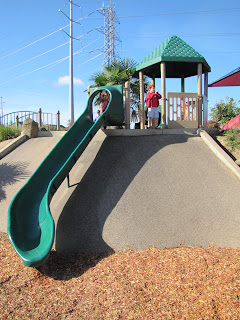
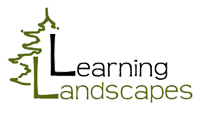

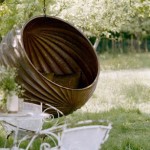
Hi Michelle
I think we have a mutual appreciation society! Your blog is brilliant. I love ones that talk about real issues.
Thanks for telling me to come and visit.
I love your blog! Juliet from “I’m a teacher get me outside here” passed on your link and it is right up my alley 🙂 I’m a preschool teacher with a passion for outdoor play and natural playscapes so I’m off to read more of your posts.
How about installing large rocks or boulders (roundish ones without jagged edges) along side of slide for children to climb up? Not sure if this is too much of a safety concern for some… but would give it an aesthetically pleasing and natural feel.
Thank you all for your comments.
Both of these women have wonderful blogs! They are creative and thoughtful and help children develop a sense of wonder every day.
http://progressiveearlychildhoodeducation.blogspot.com/
http://creativestarlearning.blogspot.com/
Katy- Thanks for your post too. Your ideas are similar to the most recent approach I am trying. I will post a picture when it is complete. Take care of yourself and let me know when that baby arrives!
Keep the comments coming!
Michelle
Hi there,
Marcus from http://www.Playgrounideas.org,
I agree with Katy I think some nicely shaped boulders place in the main traffic areas would suit this area nicely, for the top you could have an area with big flat stones loosely tesselated just to keep little feet from wearing the soil down. In thailand, and other places with a wet season this is a huge problem, we used cartires slotted into the hill as steps. here is a link to our model of this http://sketchup.google.com/3dwarehouse/details?mid=fa58b2af0eb95f4ceefdb61b9884b28e
great blog
Marcus
Marcus-
I love the idea of flat stones at the top of the slide too. I finally got approval from a ‘safety/CAD expert’ that the stones next to the slide are deemed safe by him. I will go back and see about the flat stones on top of the hill. Sometimes it seems like I have to struggle for every little piece. But, the outcome should be fantastic.
Thanks for the link. I think your database is really interesting and has tons of cool ideas. The tires would work well here. They are softer then rocks too if someone were to fall!
Thanks for your comments.
Michelle
Where did you get your slide from? I’m doing some research, and contacting companies to see who we want to buy our embankment slide from. We are in the process of writing a grant, so we can build our natural playspace. Any information would be greatly appreciated. Thanks!
Leslie
I’m looking to purchase an embankment slide as well? Do you have a list of companies that sell them?
We will soon be moving into a home with the perfect hill for our 10 foot wave slide. I plan on having the hubby make a wooden support for the slide or just putting it right in the ground. My idea to help reduce “mud” is by making “stairs” out of discarded rubber tires. It will be fun for my toddler to climb up and a little safer for his knees than boulders. We shall see, I am very excited!
Playground equipment has evolved to make things more fun for kids. Wilkins Solutions provides playground equipment in Orlando for schools, hotels, apartments and more. playgorund equipment Orlando.